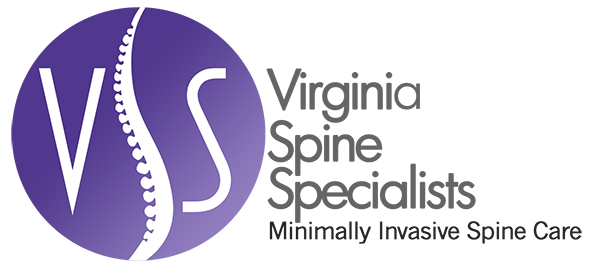Degeneration of the Spine Due to Aging
Americans are living longer and healthier lives with each passing year. With this advancement also comes a price – an increasing number of people are living with an aging spine and the problems that come with it. Most commonly referred to as degenerative disc or joint disease (DDD or DJD), it affects a large percentage of the elderly population. Its symptoms range from mild to intolerable and it is important to recognize these and seek help when needed.
As the spine ages, its degeneration is inevitable. This may take the form of a ruptured disc, a slipped vertebra or a narrow spinal canal. This may cause mild leg or arm pain, more severe neck or back pain or even weakness. Mild symptoms may be managed with over the counter medications and physical therapy but severe symptoms will often need the help of a spine specialist. The treatment options for an aging spine range from conservative to invasive depending on the condition being treated. A large portion of modern spinal research is devoted to new and minimally invasive solutions for the aging spine. Dramatic new advances are being made every year allowing more patients to lead a healthy productive life free from debilitating pain.
Many of the treatment strategies that help the degenerated spine are conservative in nature. They include a non-narcotic based medication approach combined with regular physical therapy including core building exercises. In a selected group of patients, manual traction (“decompression”) may be helpful but it should be done at the direction and under the supervision of a spine specialist due to the potential for damage. Other options for treatment include interventional pain management (“injections” and pain medications including narcotics). When these measures have failed to provide significant relief, surgery may be considered. A modern spine surgeon considers and offers a variety of treatment options to a patient with degenerative spinal disease. These options may include minimally invasive decompression with or without a minimally invasive fusion. The latest spinal surgery techniques allow a patient to get out of the hospital quicker, have less pain and have a quicker overall recovery. When planned and executed correctly, a surgical solution has the power to relieve years of suffering and permanently improving a patient’s suffering. It is therefore very important to carefully choose a spine specialist who is trained in the latest spinal interventions and has been doing these routinely for some time.
With proper precautions and treatment plans, a patient with an aging spine can expect to lead a productive healthy life for years to come.
By , MD, FAANS, NC and FH
Dr. Sharma founded Virginia Spine Specialists, the leading spine care center in Northern Virginia with offices in Manassas and Fredericksburg. He specializes in minimally invasive solutions to problems of the entire spine. For an appointment with Dr. Sharma, call toll free 1-855-SPINE-FIX (1-855-774-6334).

Categories
Archives
Contact Dr. Mudit Sharma
Phone: (571) 921-4877
Toll Free: (855) 774-6334
Monday – Thursday: 8am – 4pm
Friday: 8am – 2pm
Fredericksburg
4604 Spotsylvania Parkway, Suite 300 Fredericksburg, VA 22408
Manassas
8650 Sudley Road, Suite 315
Manassas, VA 20110-4418
